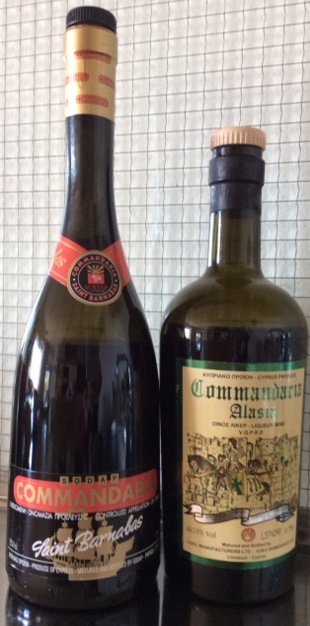Via dei sapori: Friulian Picolit
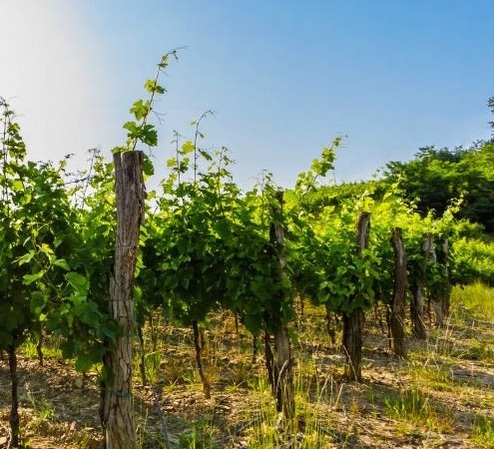 The Consorzio Friuli Venezia Giulia Via dei Sapori had invited to trie Friulan products from the kitchen and the cellar. On 13 February this year, seven restaurateurs, twenty winegrowers and eleven delicatessen producers presented local specialties from the Friuli Venezia Giulia region in Munich. An excellent opportunity to introduce the outstanding products, the excellent, innovative and at the same time traditional cuisine as well as the variety of the very good Friulian wines to a wider audience. The offer, such … Read more ...
The Consorzio Friuli Venezia Giulia Via dei Sapori had invited to trie Friulan products from the kitchen and the cellar. On 13 February this year, seven restaurateurs, twenty winegrowers and eleven delicatessen producers presented local specialties from the Friuli Venezia Giulia region in Munich. An excellent opportunity to introduce the outstanding products, the excellent, innovative and at the same time traditional cuisine as well as the variety of the very good Friulian wines to a wider audience. The offer, such … Read more ...
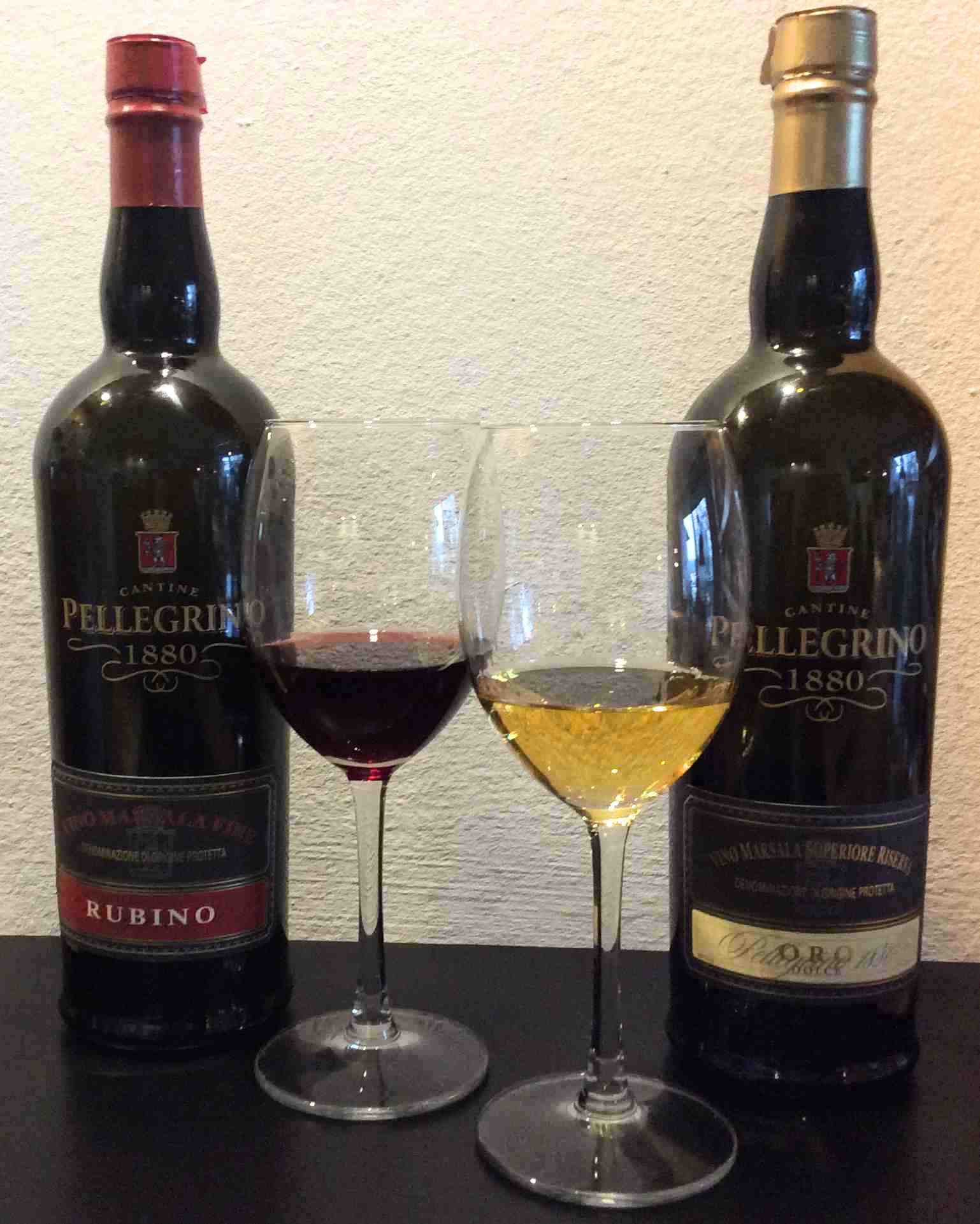
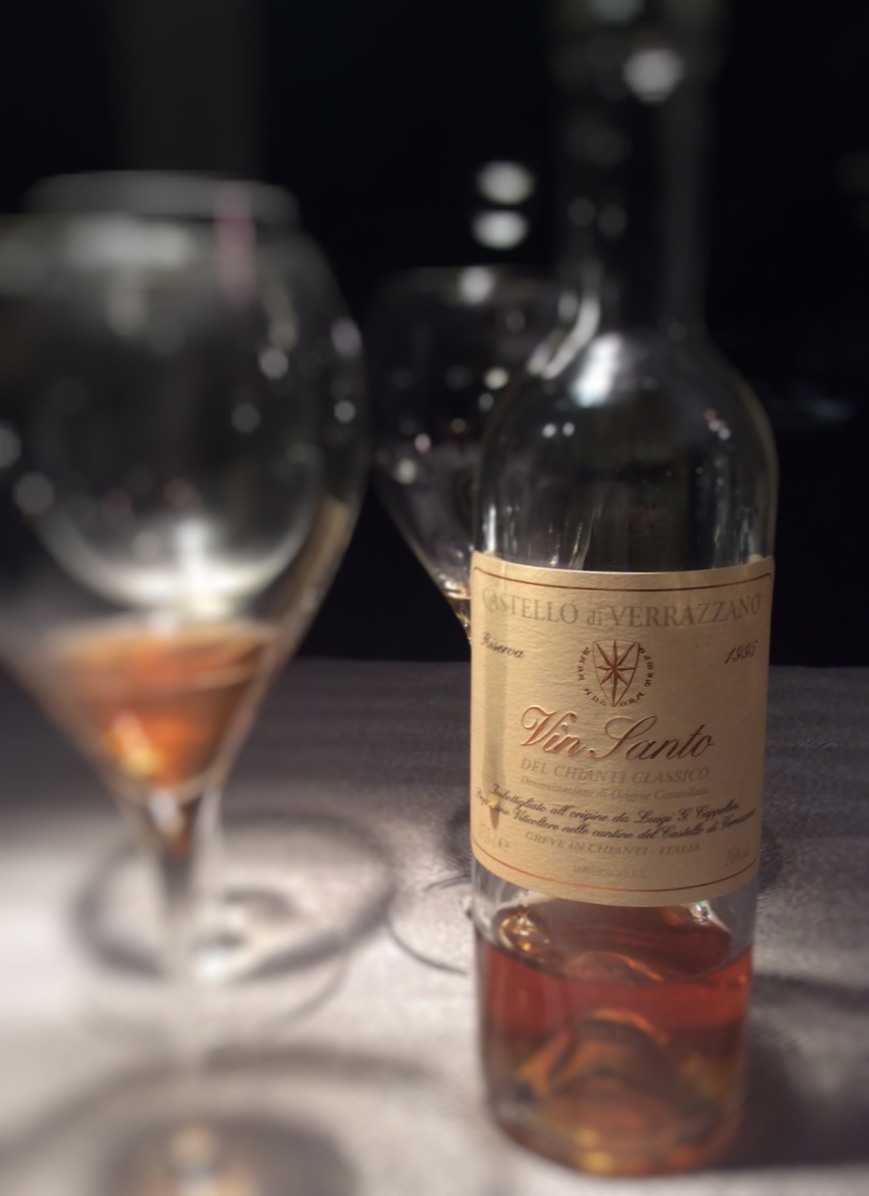
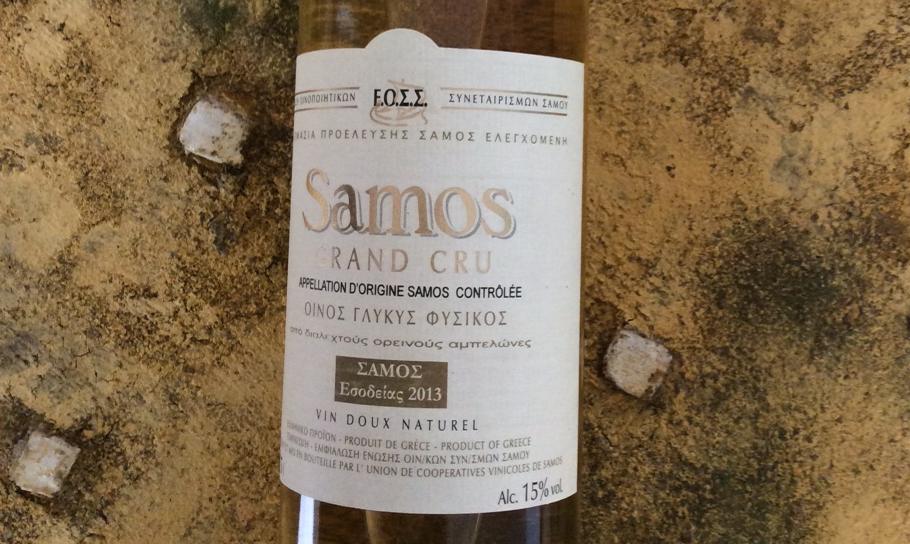 There are 3000 years of viticulture on Samos. Even today, Muscat Blanc á Petits Grains thrives under the burning southern sun for the sweet Samos wine. The grapes grow mostly on small terraces on the northern slopes of the Ambelos Mountains, up to 800 meters altitude.
There are 3000 years of viticulture on Samos. Even today, Muscat Blanc á Petits Grains thrives under the burning southern sun for the sweet Samos wine. The grapes grow mostly on small terraces on the northern slopes of the Ambelos Mountains, up to 800 meters altitude.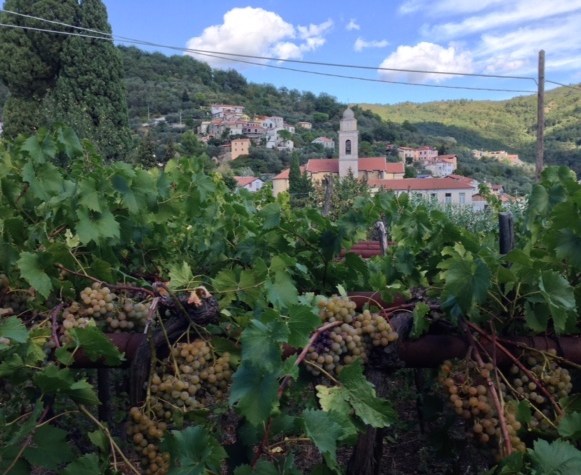 The Moscatello di Taggia has been a welcome guest at the English and Flemish royal courts as well as at least some papal tables since the 14th century. For a long time, this wine was considered a symbol of Ligurian viticulture, until in the 19th century the phylloxera decimated the existence of this variety to the point of insignificance and thus the grape variety was forgotten. It was only in 2003 that around 20 plants of this grape variety were …
The Moscatello di Taggia has been a welcome guest at the English and Flemish royal courts as well as at least some papal tables since the 14th century. For a long time, this wine was considered a symbol of Ligurian viticulture, until in the 19th century the phylloxera decimated the existence of this variety to the point of insignificance and thus the grape variety was forgotten. It was only in 2003 that around 20 plants of this grape variety were … 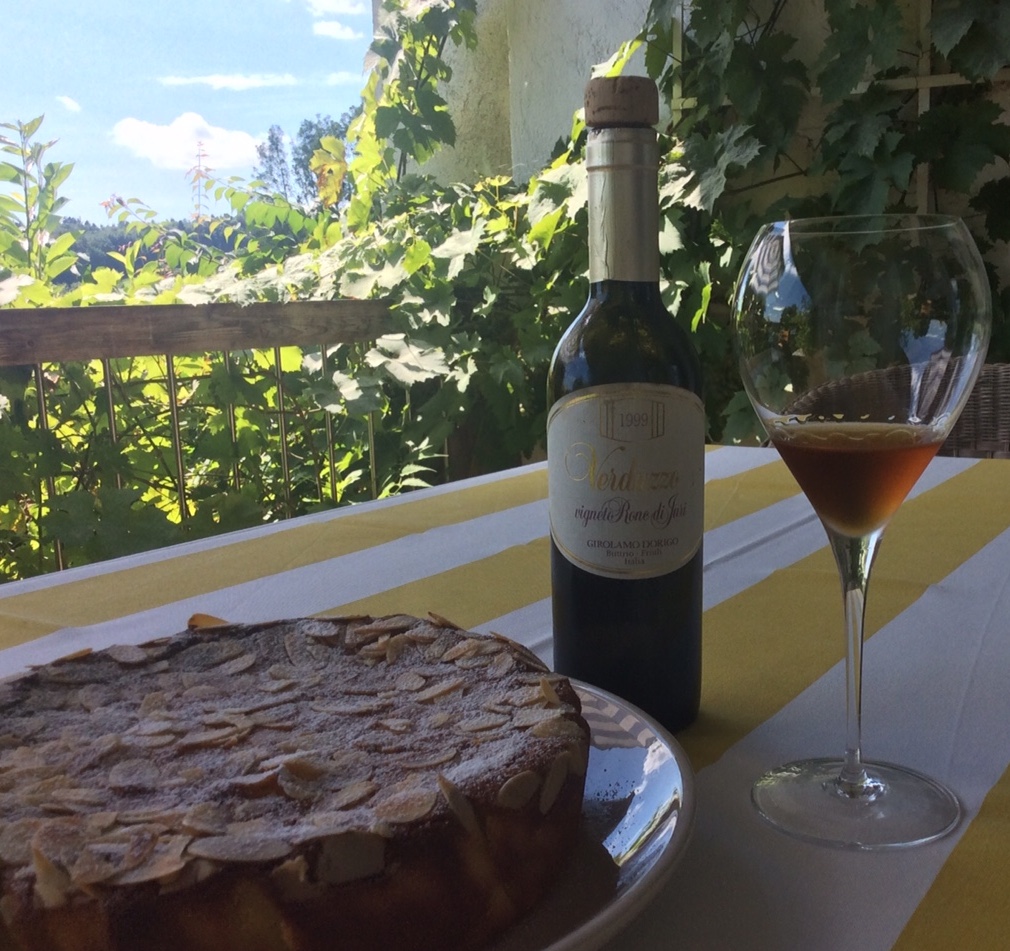 It is said in Friuli that the Verduzzo was drunk by the farmers at the time of the fiefs, while the landed gentry drank the aristocratic sweet Picolit. Even today, the Picolit coming from the Collio orientale del Friuli, outside Friuli, the better known of the two. The Verduzzo is however the typical sweet wine from Friuli. It is made from the grape Verduzzo Friulano as a sweet (amabile or dolce) DOC wine in the Friulian wine regions …
It is said in Friuli that the Verduzzo was drunk by the farmers at the time of the fiefs, while the landed gentry drank the aristocratic sweet Picolit. Even today, the Picolit coming from the Collio orientale del Friuli, outside Friuli, the better known of the two. The Verduzzo is however the typical sweet wine from Friuli. It is made from the grape Verduzzo Friulano as a sweet (amabile or dolce) DOC wine in the Friulian wine regions … 
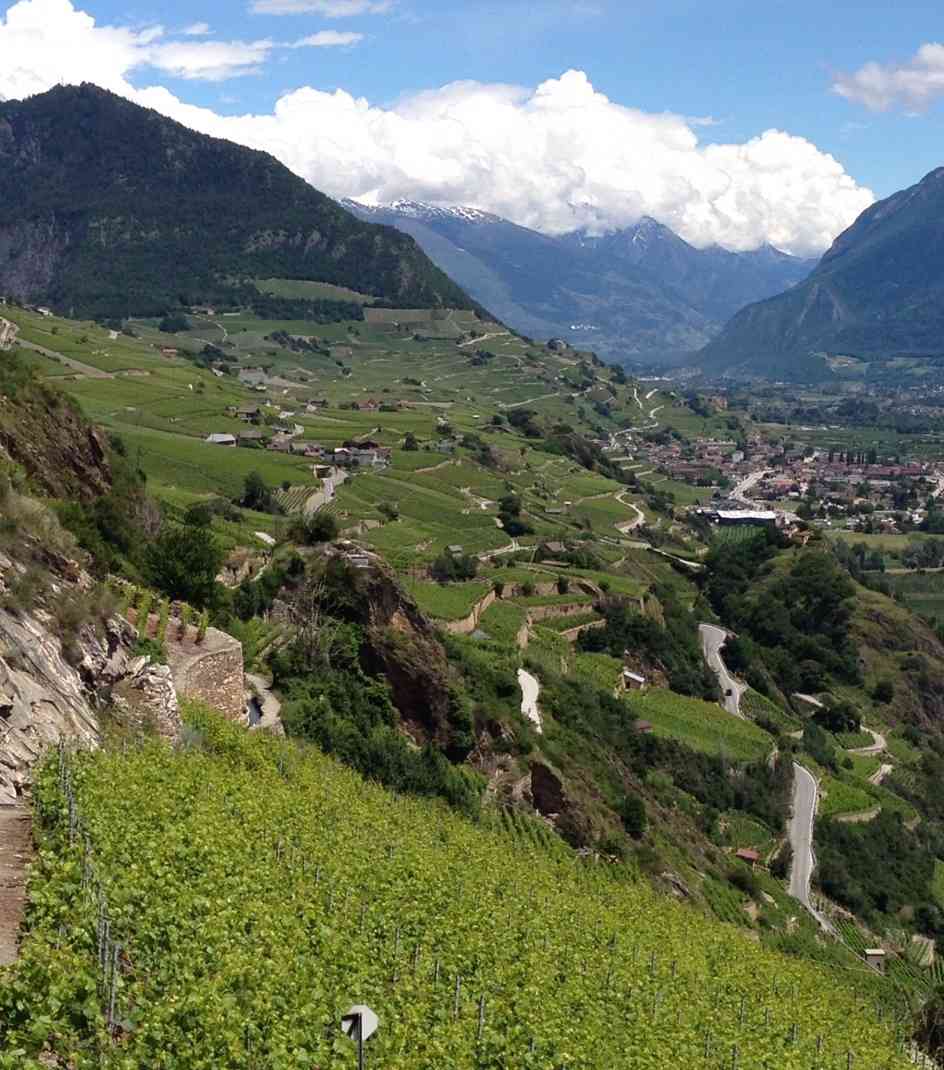
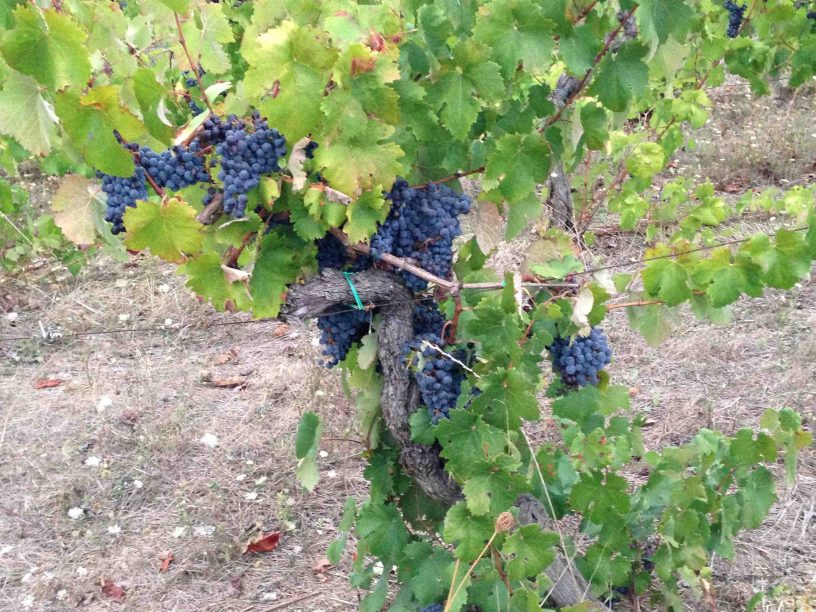 In the northeast of Sardinia there is the Gallura, which is a region and a wine-growing area at the same time. Gallura is best known for the Costa Smeralda and the Vermentino di Gallura, Sardinia’s only DOCG (Denominazione di Origine Controllata e Garantita) wine.
In the northeast of Sardinia there is the Gallura, which is a region and a wine-growing area at the same time. Gallura is best known for the Costa Smeralda and the Vermentino di Gallura, Sardinia’s only DOCG (Denominazione di Origine Controllata e Garantita) wine.